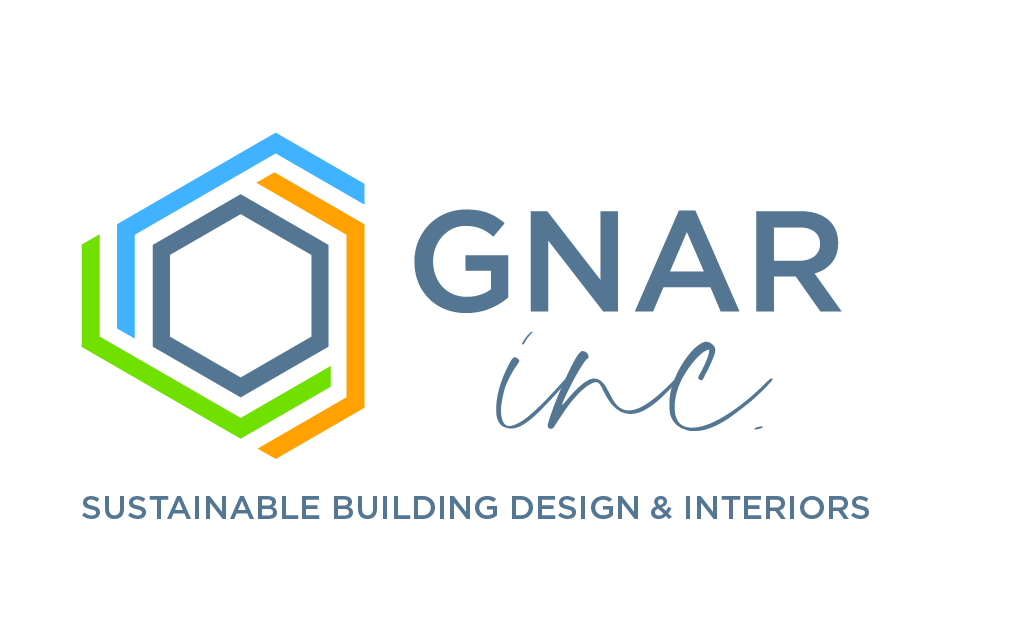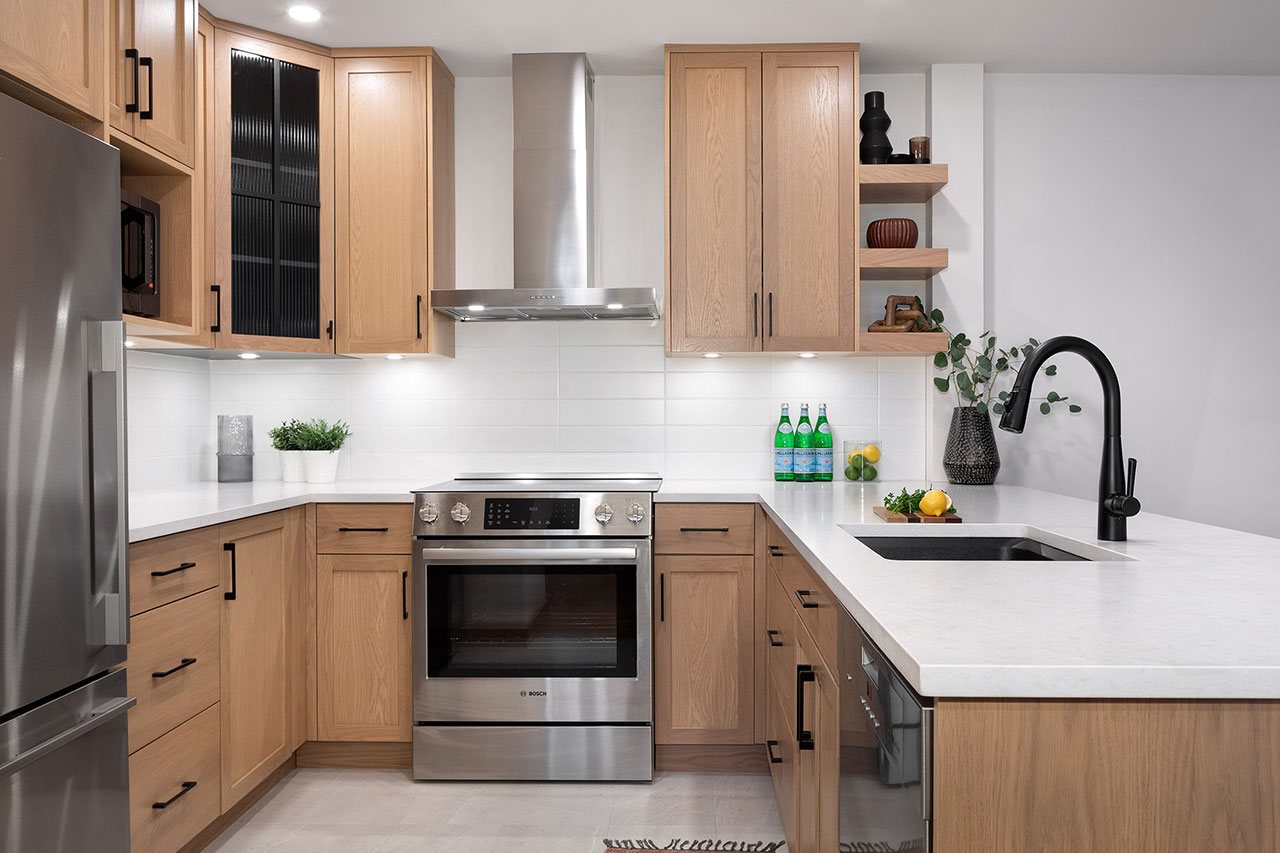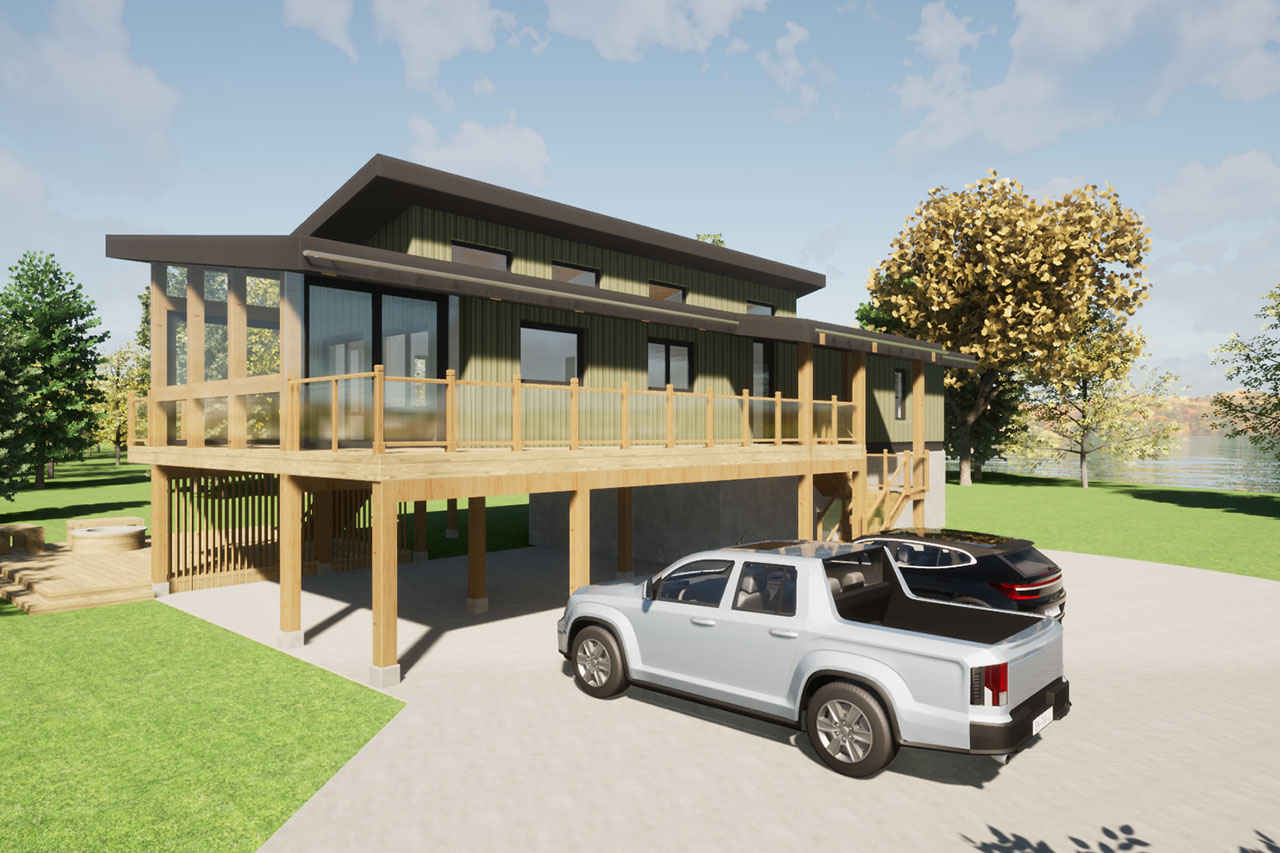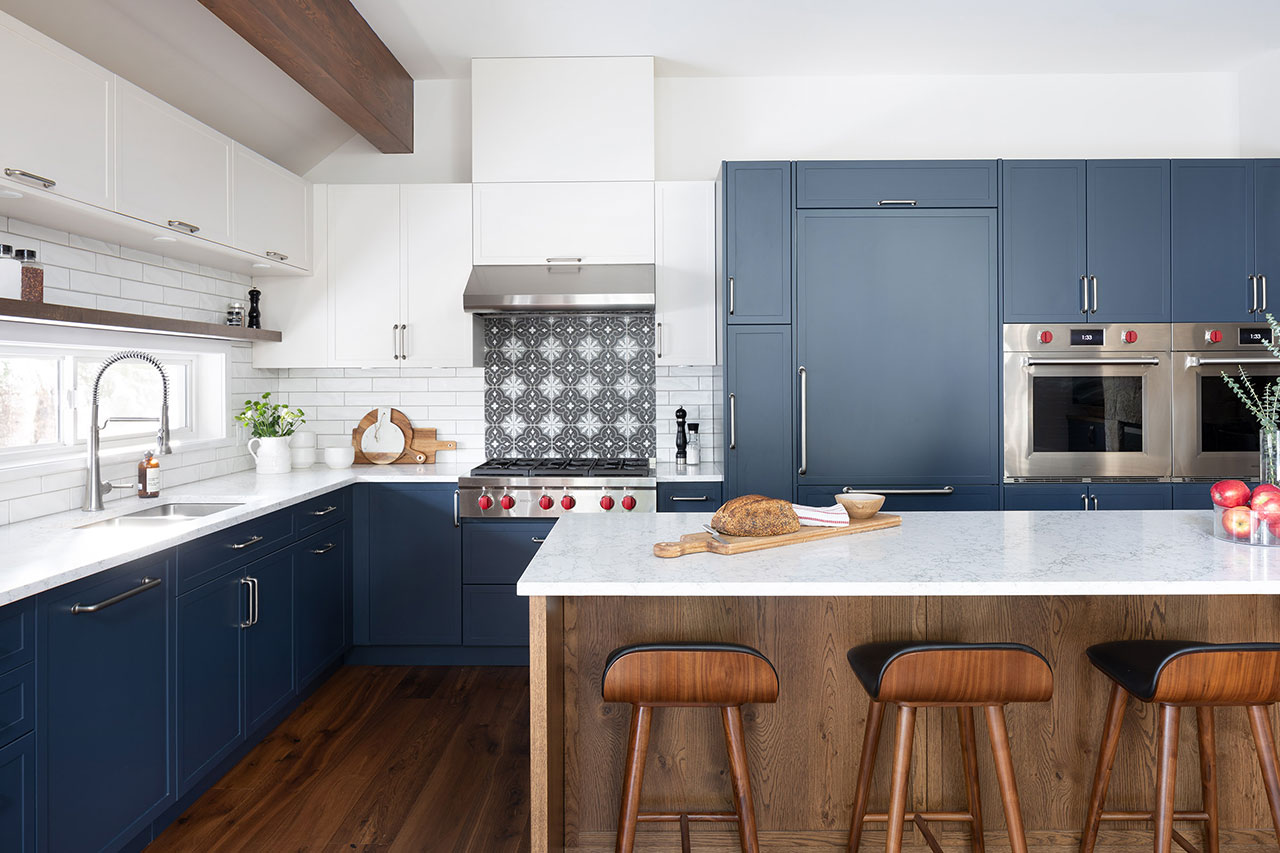What is Organic Architecture and how can it benefit our homes and the environment?
We were recently featured in the Pique Newsmagazine in an article about organic architecture which led me to think; what does organic architecture entail and how does it benefit us.
In the world of architecture, there exists a philosophy that goes beyond merely creating structures. It seeks harmony between human habitation with the natural environment, blurring the boundaries between the built and the natural. This philosophy is known as organic architecture. Far more than just a design trend, organic architecture is an approach that brings together functionality, aesthetics, and sustainability.
“Organic architecture is not confined to a specific style; rather, it’s a holistic approach that prioritizes the synergy between people, structures, and nature.”.

Defining Organic Architecture
When you google organic architecture some of the key elements are the use of renewable materials, living roofs, potted plants, and water features. The use of solar design and energy efficient features to minimize the use of fossil fuels. They are nature-derived structures that use the local natural material to finish homes. A collaboration of nature and their surroundings. Designers are embracing these principles to create structures that not only benefit inhabitants but also leave a minimal ecological footprint.

Defining Organic Architecture
Connection to Nature
Organic architecture emphasizes a deep connection between the built environment and the natural world. Design elements draw inspiration from nature’s forms, colors, and textures, creating a sense of harmony and tranquility.
Functionality and Purpose
Buildings designed under the organic philosophy serve a clear purpose while adapting to the needs of inhabitants. This principle ensures that practicality isn’t compromised by aesthetics.
Materials
Organic architecture champions the use of natural and sustainable materials. Wood, stone, and glass are preferred for their eco-friendliness and the unique touch they lend to structures.
Form Follows Function
A familiar mantra in architecture, this principle remains a cornerstone of organic design. The form of a building should reflect its intended function, leading to spaces that are both meaningful and beautiful.
Integration With Surroundings
Organic buildings seamlessly merge with their landscapes. Green roofs, natural landscaping, and ample windows that frame scenic views exemplify this principle.
Frank Lloyd Wright
Frank Lloyd Wright was revered as the pioneer of organic architecture and believed in architecture’s harmonious coexistence with nature. He believed it could be genuinely transformative and he devoted his life to creating a total aesthetic that would enhance society’s wellbeing. “Above all integrity,” he would say: “buildings like people must first be sincere, must be true.” Architecture was not just about buildings, but about nourishing the lives of those within them.
Fallingwater is deemed an architectural marvel that epitomizes the integration of human habitat with nature. Its terraces and stone components embrace the surrounding landscape, setting a timeless example of organic design.

In Conclusion
Organic architecture isn’t a passing trend; it’s a philosophy that encourages us to reconsider the relationship between humans and their surroundings. By blending functionality, aesthetics, and sustainability, organic architecture provides a roadmap for architects and designers to create spaces that enhance both the built and natural environments. When you allow for humans and nature to coexist amazing things can happen
At GNAR Inc we are passionate about creating sustainable homes, let us know how we can help you bring your dream house to life. Call us at 604.962.1611 or email info@gnarinc.com for more information.









